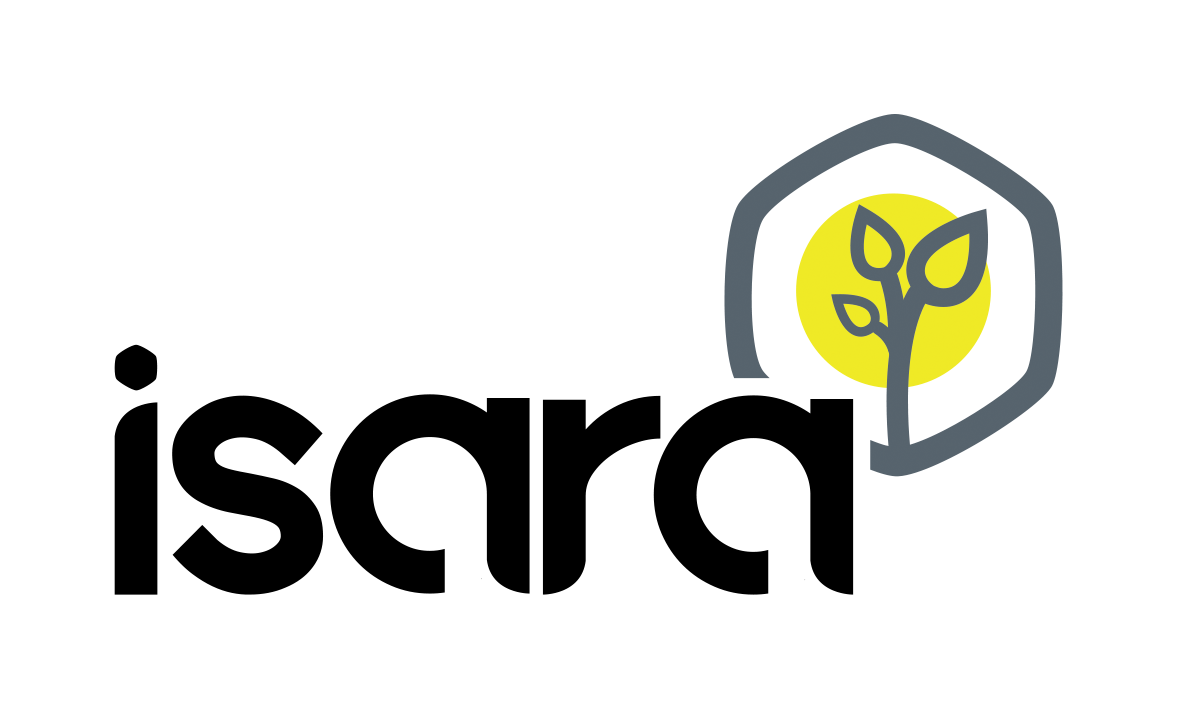Tillage as a driver of change in weed communities: a functional perspective
Résumé
The adoption of non-inversion tillage practices has been widely promoted due to their potential benefits in reducing energy consumption and greenhouse emissions as well as improving soil fertility. However, the lack of soil inversion usually increases weed infestations and changes the composition of the weed community. Weed management is still a main drawback for the wider adoption of reduced tillage practices. However, it is not entirely clear whether these changes in weed communities are a consequence of non-random filters on the functional attributes of weed species and may thus affect the potential weed-crop competition relationship.
Here, we analyse the changes in weed diversity, community composition, and the functional attributes of weed communities under reduced (non-inversion) and conventional (inversion) tillage. We discuss their potential effects on the competitiveness against crop production using data from two crops of seven on-going organic and low-input field trials in different climatic regions across Europe. Weeds were evaluated after post-emergence weed control methods. We used the community weighted mean values of the life form (annuals versus perennials), specific leaf area, seed weight, canopy height, seed bank longevity, soil nutrient conditions affinity, beginning of flowering and flowering span. Moreover, the effect of the crop type on the functional attributes was also evaluated.
Overall, the tillage system affected the composition and functional attributes of the weed communities. Weed community changes may imply a reduction in weed-crop competition under both tillage systems. For instance, weed communities under reduced tillage were potentially less competitive because they were shorter and had less affinity to nutrients. On the other hand, weed communities under conventional tillage had potentially less seed production and a lower abundance of perennial species. Our study thus supports tillage as an important driver of the functional attributes of weed communities, but both tillage systems can have their downside. However, the crop type was overall more relevant than the tillage in determining most of the trait values of the weed communities.


